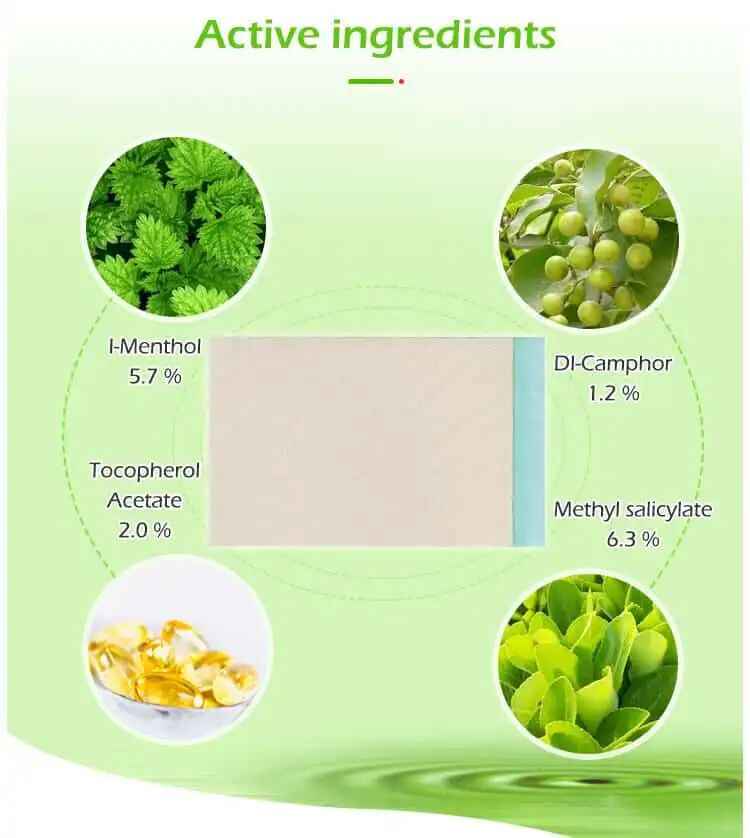Can Transdermal Patches Be Used for the Delivery of Vaccines? An Insight into the Possibilities and Challenges
Can Transdermal Patches Be Used for the Delivery of Vaccines? An Insight into the Possibilities and Challenges
Transdermal patches have long been a popular delivery system for various drugs, offering a convenient and controlled method of administration. However, the question remains: can these patches also be used for the delivery of vaccines? This article aims to delve into this topic, discussing the potential benefits, challenges, and current advancements in the field of transdermal vaccine delivery patches.
1. Potential Benefits of Transdermal Vaccine Delivery Patches
The use of transdermal patches for vaccine delivery offers several potential benefits. Firstly, it provides a needle-free alternative to traditional injection-based vaccination methods, which can be particularly beneficial for patients who fear needles or have sensitive skin. Additionally, transdermal patches offer a controlled and sustained release of the vaccine antigen, potentially enhancing immunogenicity and reducing the need for multiple administrations.
Moreover, transdermal patches can be easily customized to target specific areas of the skin, allowing for more precise delivery of the vaccine. This flexibility in targeting can be achieved through the use of Custom Transdermal Patch designs, which can be tailored to fit the needs of individual patients or specific vaccination programs.
2. Challenges in Transdermal Vaccine Delivery
Despite the potential benefits, there are several challenges that need to be addressed for the successful use of transdermal patches for vaccine delivery. One major hurdle is the skin's barrier function, which effectively prevents the penetration of most molecules, including vaccines. Therefore, the development of effective transdermal gel patch formulations that can overcome this barrier is crucial.
Another challenge lies in the immunogenicity of the vaccine antigens. Transdermal delivery may not always elicit the same immune response as traditional injection-based methods. As such, research is ongoing to optimize the delivery systems and vaccine formulations to achieve the desired immune response.
3. Current Advancements in Transdermal Vaccine Delivery Patches
Despite the challenges, there has been significant progress in the field of transdermal vaccine delivery patches. Manufacturers of transdermal gel patches have been exploring various formulations and technologies to improve the skin permeation and immunogenicity of vaccines.
For instance, the use of chemical enhancers or microneedles has been investigated to improve the penetration of vaccine antigens through the skin. Additionally, nanotechnology-based approaches, such as the use of liposomes or polymeric nanoparticles, have shown promise in enhancing the stability and delivery efficiency of vaccines.
4. Future Prospects
Looking ahead, the potential of transdermal patches for vaccine delivery remains promising. With ongoing research and advancements in formulation and delivery technologies, it is likely that we will see more transdermal vaccine delivery patches in the future.
However, it is important to note that the development and approval of these patches will require rigorous testing and compliance with regulatory requirements to ensure their safety and effectiveness.
Questions and Considerations
- What are the current challenges in overcoming the skin's barrier function for effective transdermal vaccine delivery?
- How can Custom Transdermal Patch designs be optimized for specific vaccination programs or patient populations?
- What are the latest advancements in transdermal gel patch formulations that aim to improve vaccine immunogenicity?
- What are the regulatory requirements for the approval of transdermal vaccine delivery patches?
- How do transdermal vaccine delivery patches compare to other needle-free vaccine delivery methods?
In conclusion, while the use of transdermal patches for vaccine delivery faces several challenges, the potential benefits and ongoing advancements in the field suggest that this approach may become a viable option in the future. With further research and development, we may soon see transdermal vaccine delivery patches becoming a reality.






